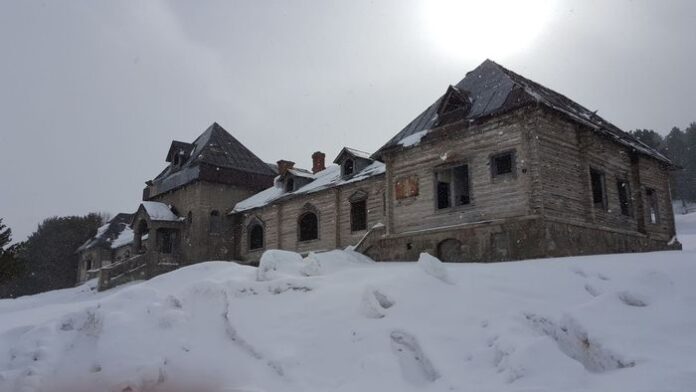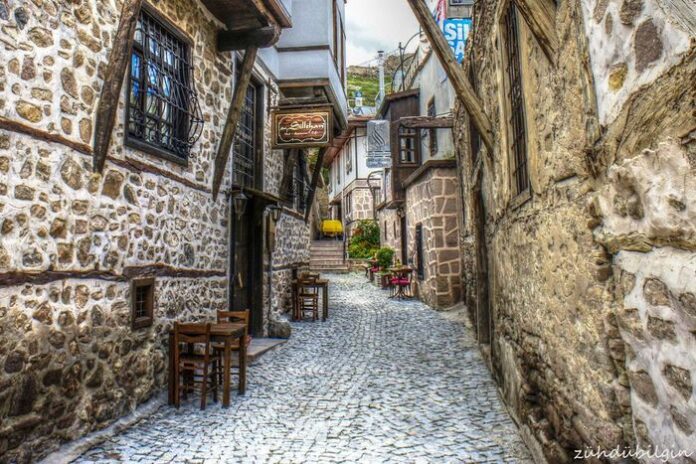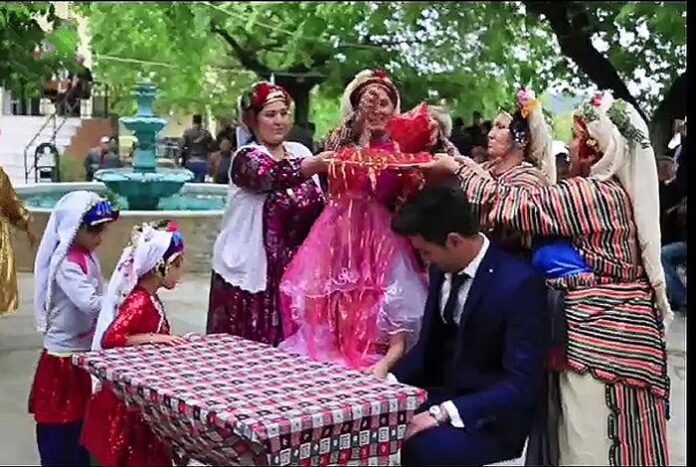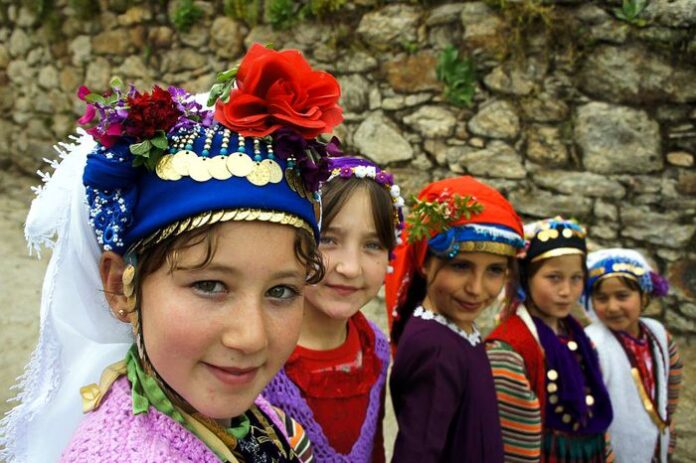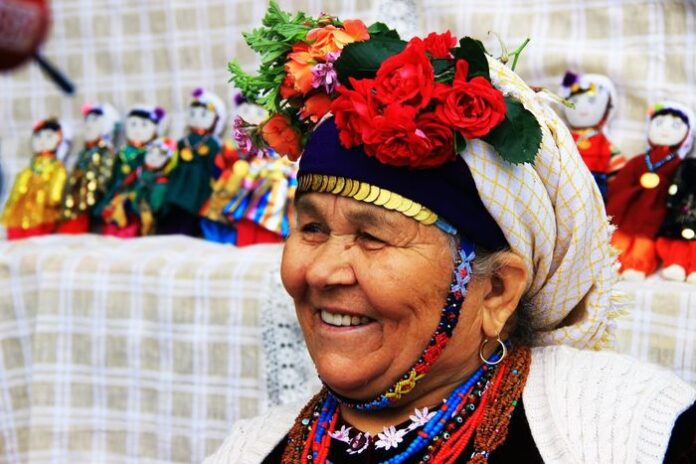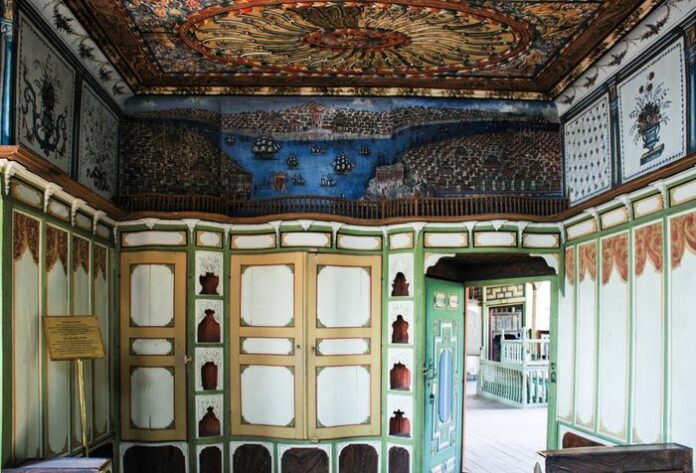Early Observations of the Nation
Forty-three years ago, M. Cyprien Robert wrote about the Bulgarians: “On the confines of Europe, there vegetates, enslaved and forlorn, a nation hardly known at the present day, but deserving all our sympathy. This nation is that of the Bulgarians, which has preserved, in the hardest state of slavery, its ancient manners, its lively faith, its noble character, and, after having had a glorious past, seems destined, by its geographical position, to play an important part in the future.”
Robert’s prediction has largely proven accurate. Since 1842, the Bulgarian people have experienced remarkable progress. They acquired a national church and established educational institutions, breaking free from the apathy and neglect that had previously enveloped them. They rose against Turkish rule, and with the support of Russia, and the consent of Europe, they secured a position of conditional independence. Today, Bulgarians are increasingly united and aroused, seemingly on a path to fully free themselves from the Ottoman yoke. Some historians even suggest that Bulgaria could eventually replace the Ottoman Empire as a major power in the region The Broken Serbo-Bulgarian Treaty of 1912.
The Role of National Character
Bulgaria’s progress cannot be attributed solely to geography. The national character of the Bulgarians—marked by resilience, faith, and a strong sense of community—has played a critical role. Their determination, courage, and ability to preserve culture under oppression allowed them to survive long periods of foreign domination while maintaining their identity.
Geographical Importance
From a strategic point of view, Bulgaria occupies a key position in Europe. The country stretches in a rough square:
North: The Danube River from Vidin to Silistria, continuing in a straight line to the Black Sea near Varna.
East: Bordered by the Black Sea.
South: Facing the peninsula where Constantinople (modern-day Istanbul) stands and the Aegean Sea.
West: Bordered by Albania and Serbia.
This location gives Bulgaria a strong influence over trade routes and military movements in the Balkans. It also places the Bulgarians in a position to control access to Constantinople, historically one of the most important cities in Europe Customized Private Turkey Tours.
Population and Settlement Patterns
The northeastern part of Bulgaria has seen settlements by other groups, such as the Tartars. After fleeing Russian rule following the Crimean War, they settled on the grassy plains between the Danube River and the Black Sea, north of the old Roman Wall. Despite these colonies, the majority of the population remained Bulgarian, preserving the national culture, language, and traditions.
Bulgaria’s history and geographical position have made it a nation of significance in Europe. The resilience of its people, combined with their strategic location, has allowed them to rise from centuries of oppression to become a nation capable of shaping its own destiny. Both history and geography suggest that Bulgaria’s influence in the Balkans and beyond will continue to grow, marking it as a country of cultural and political importance in the modern European landscape.

